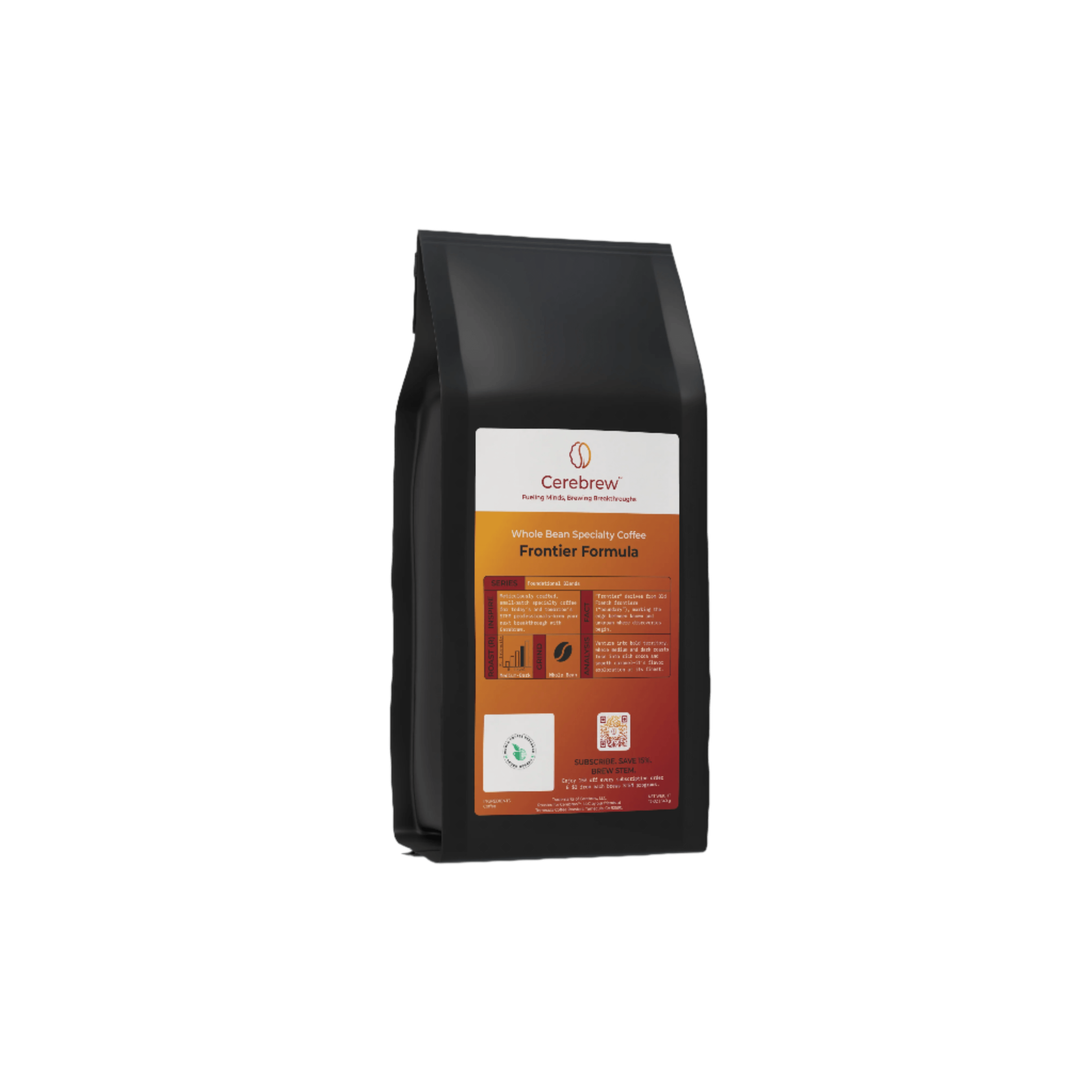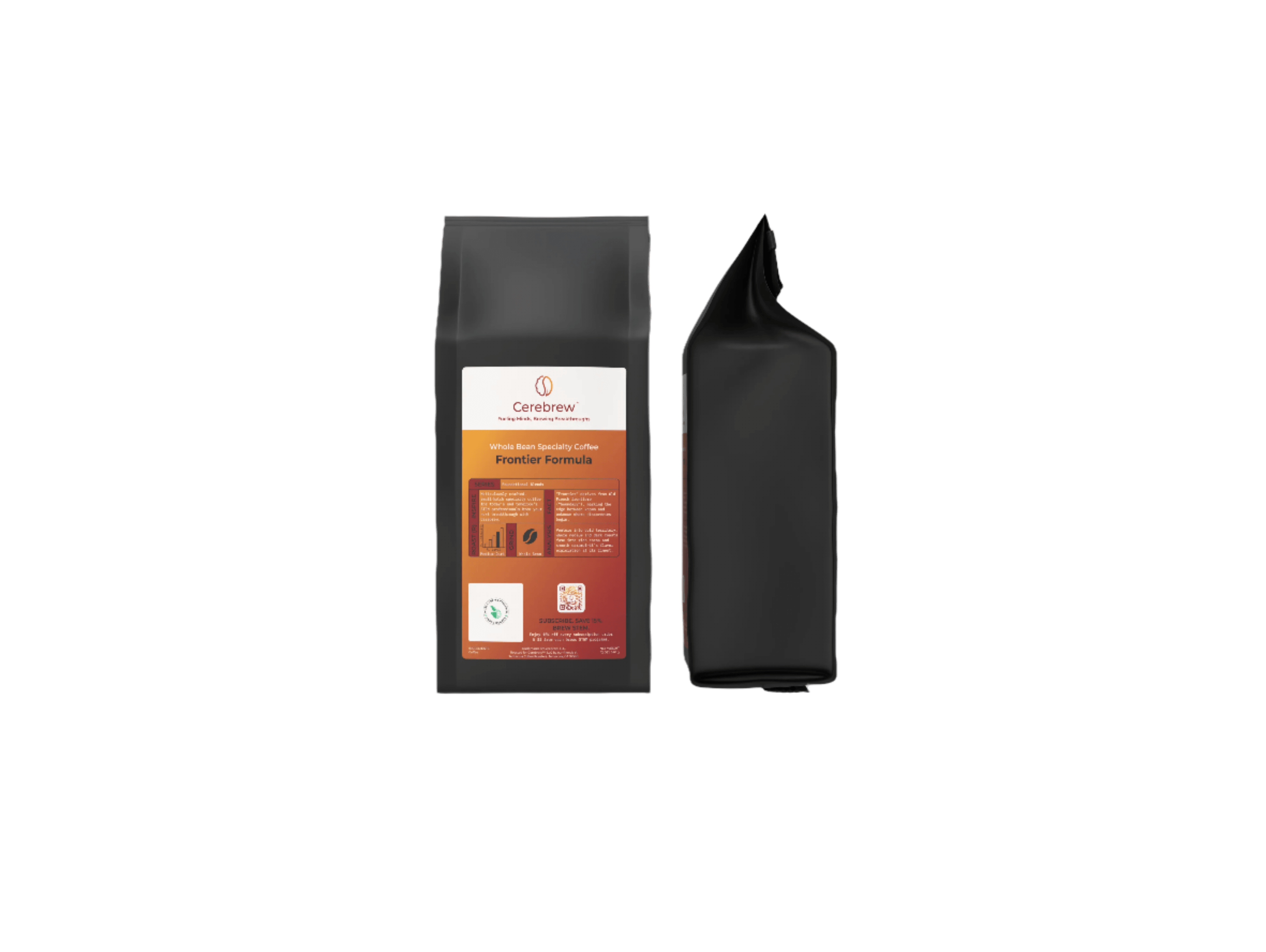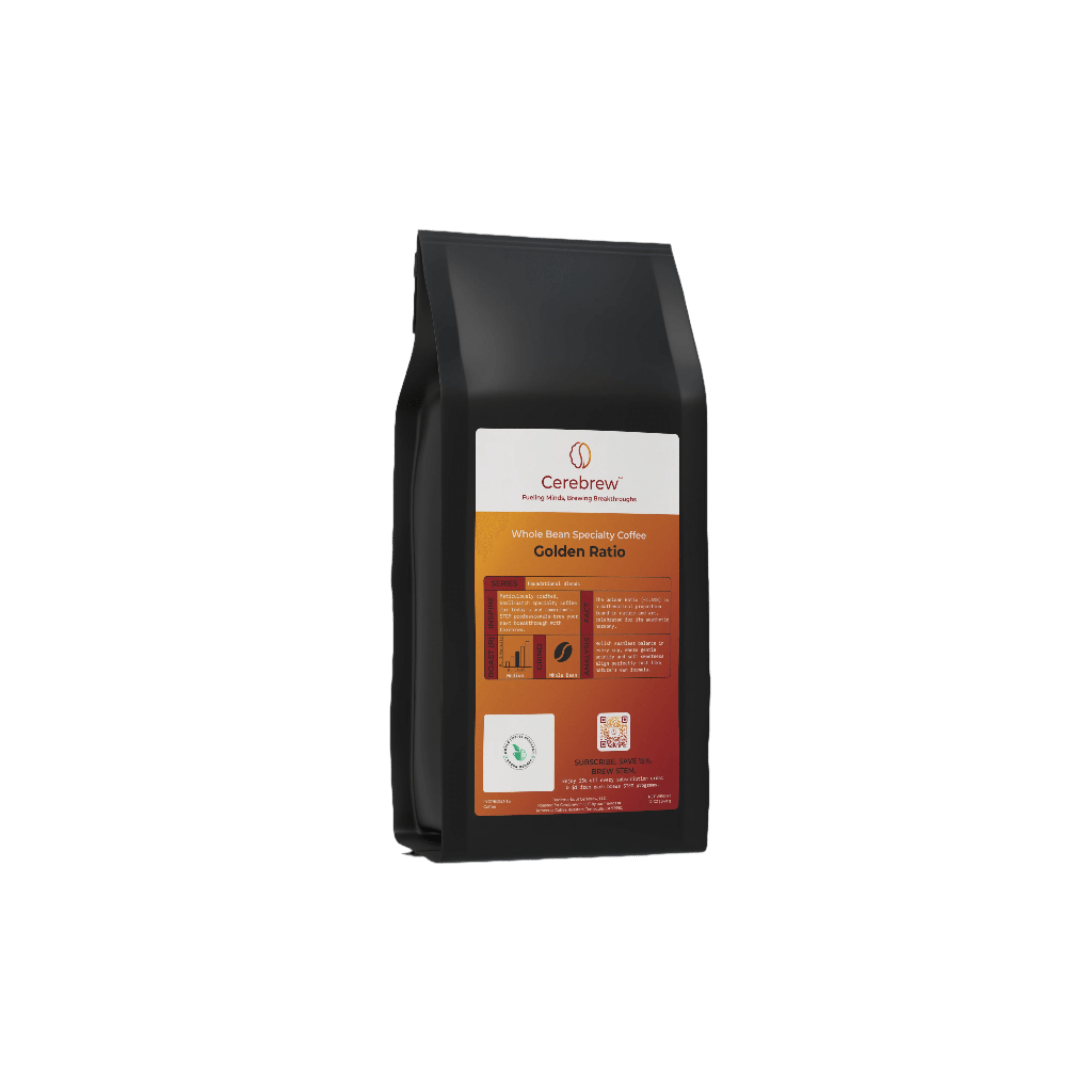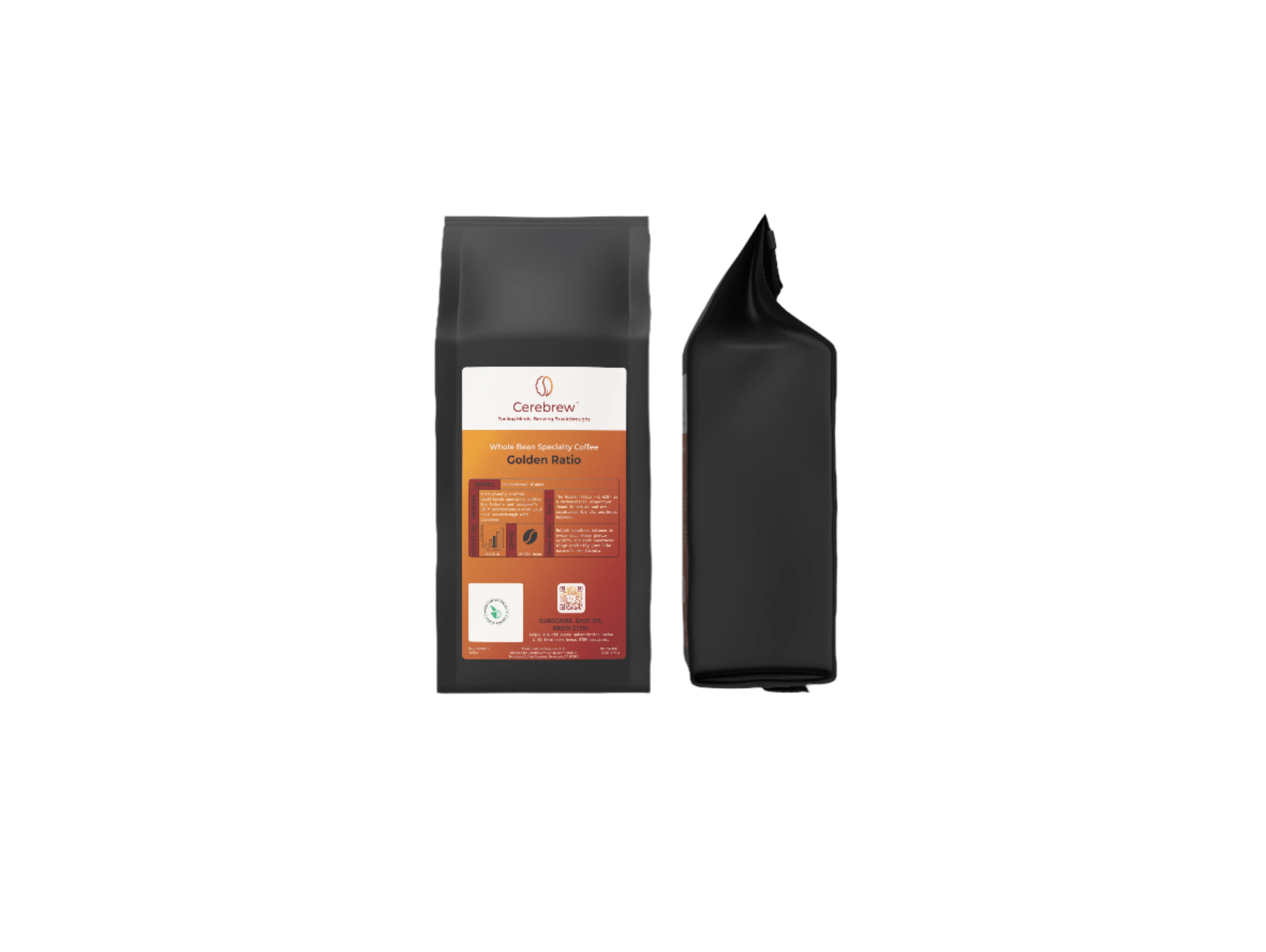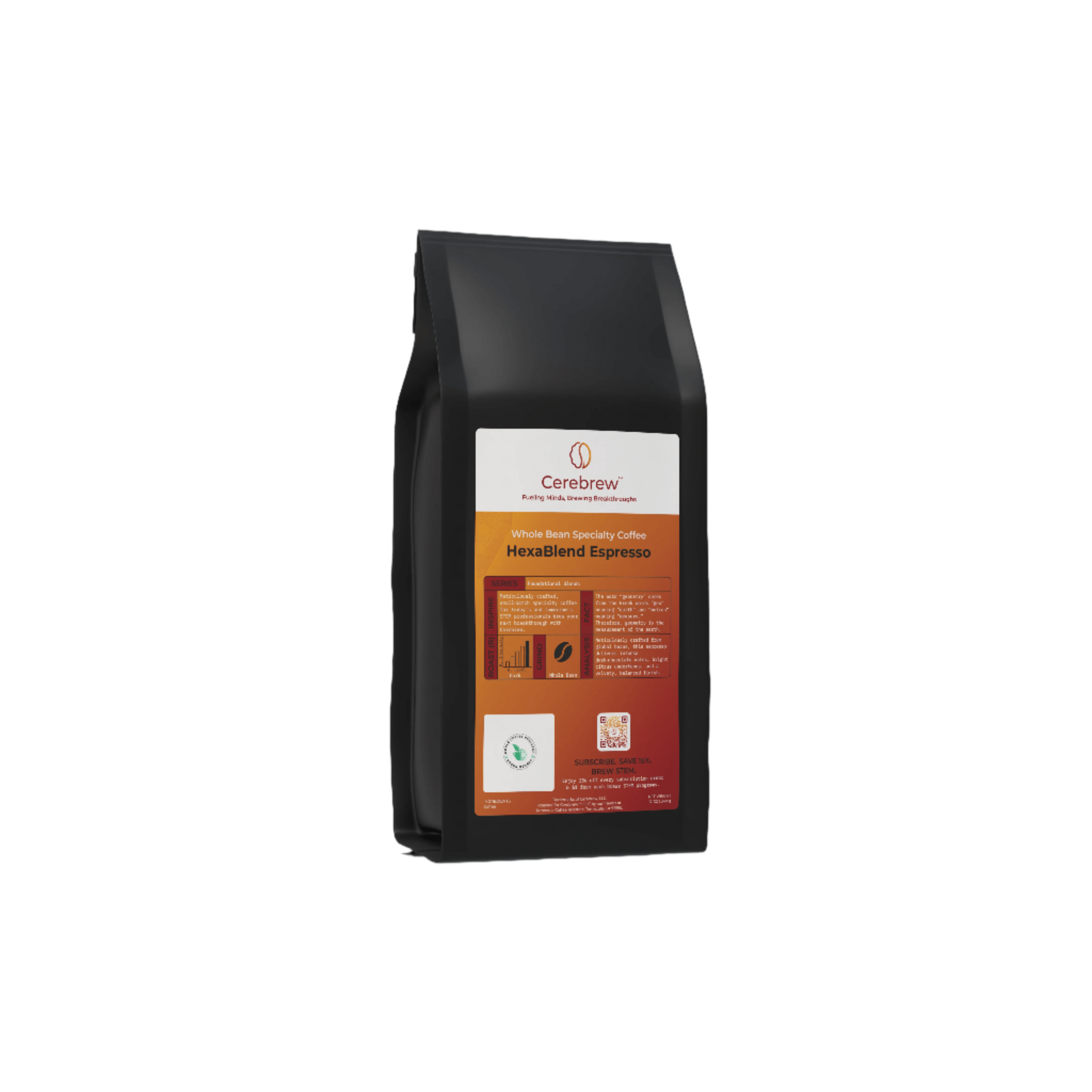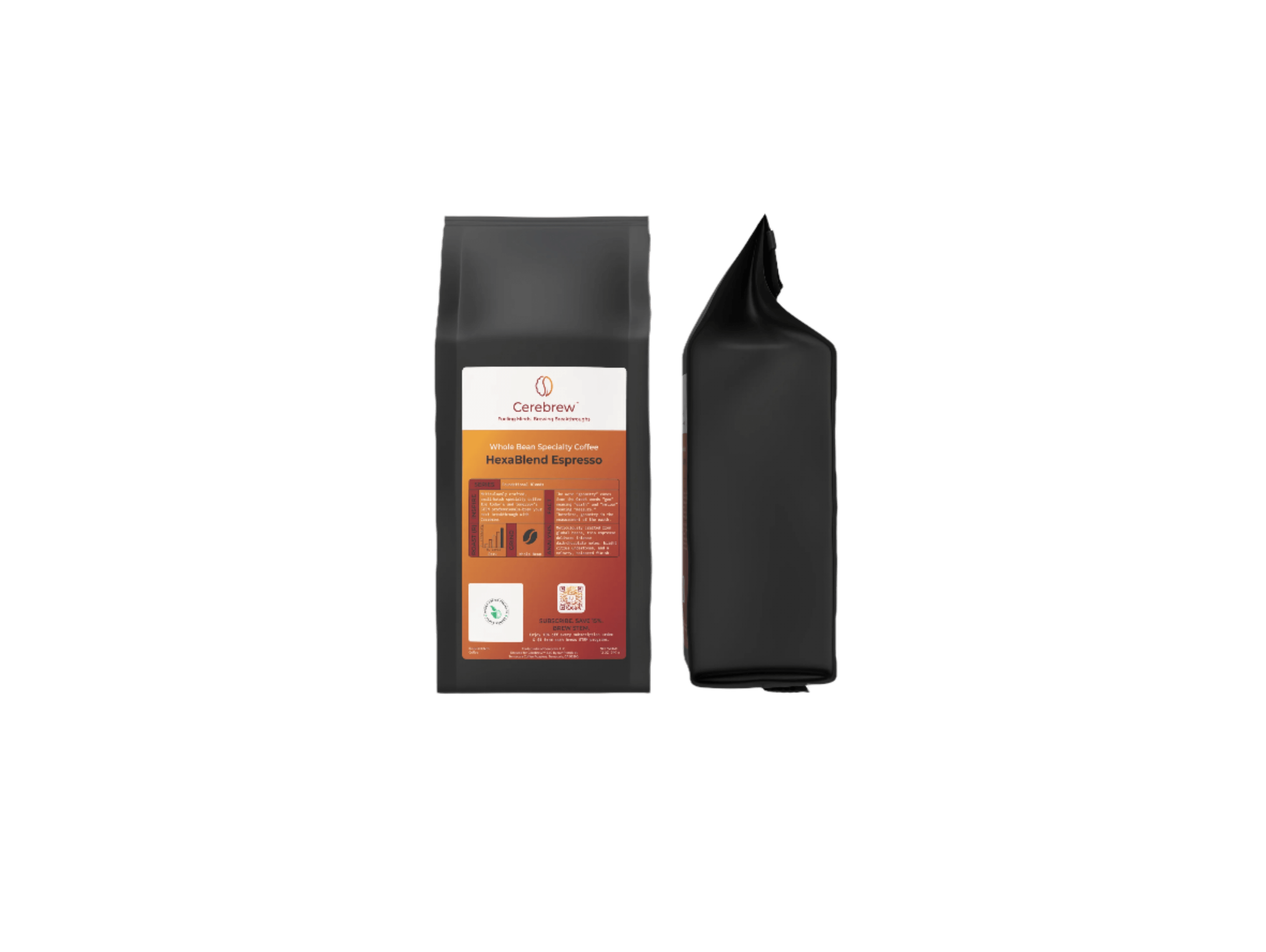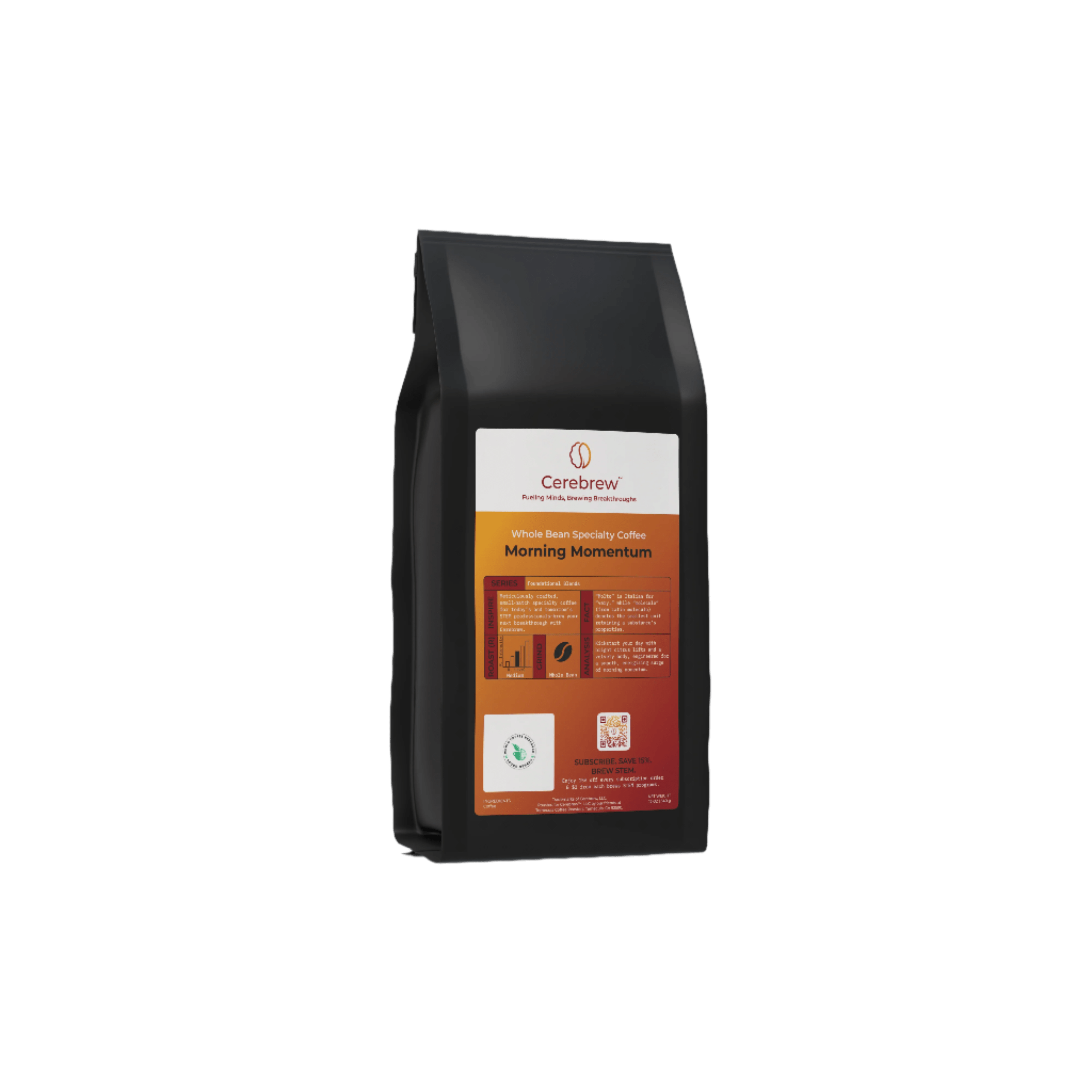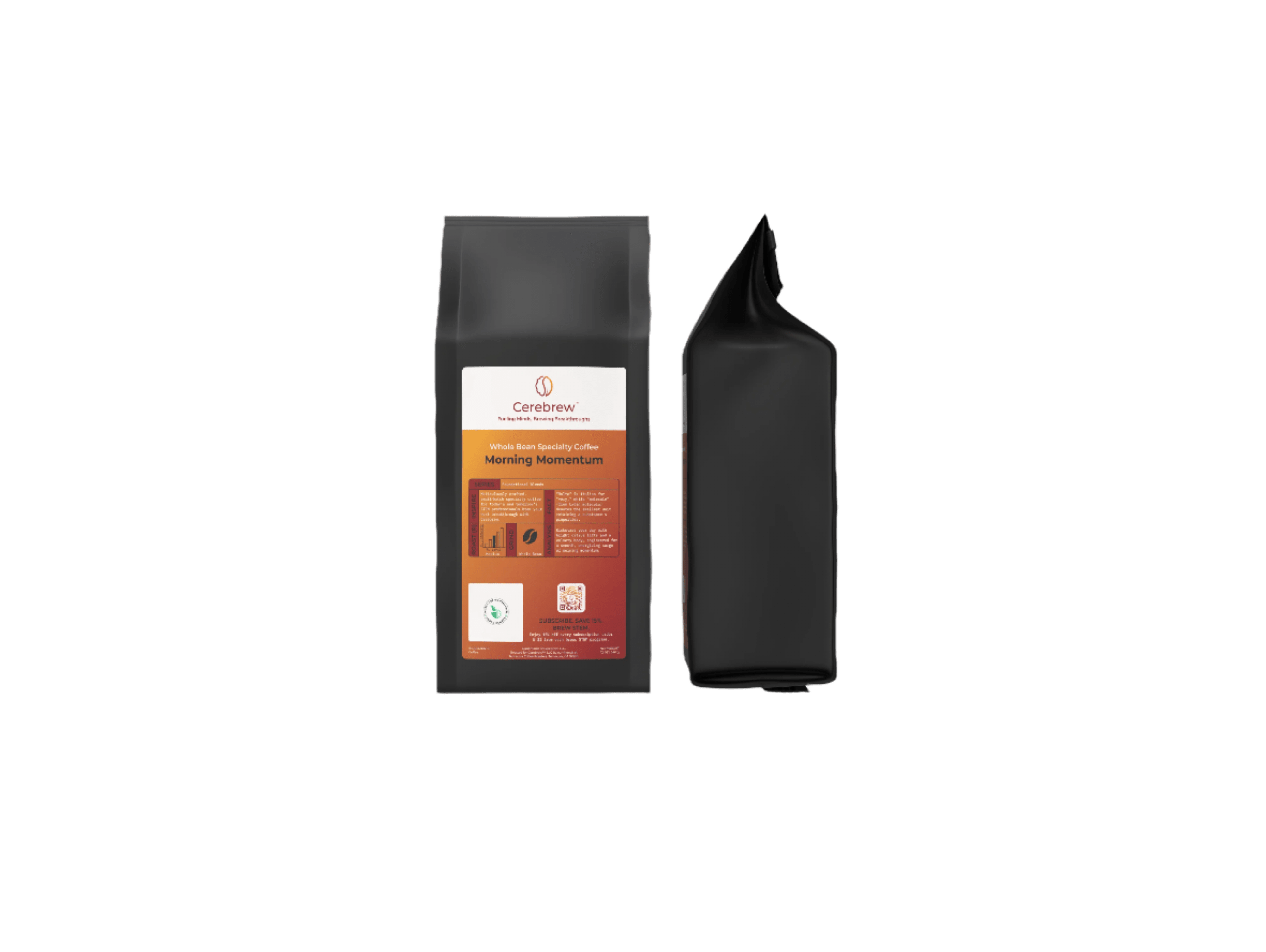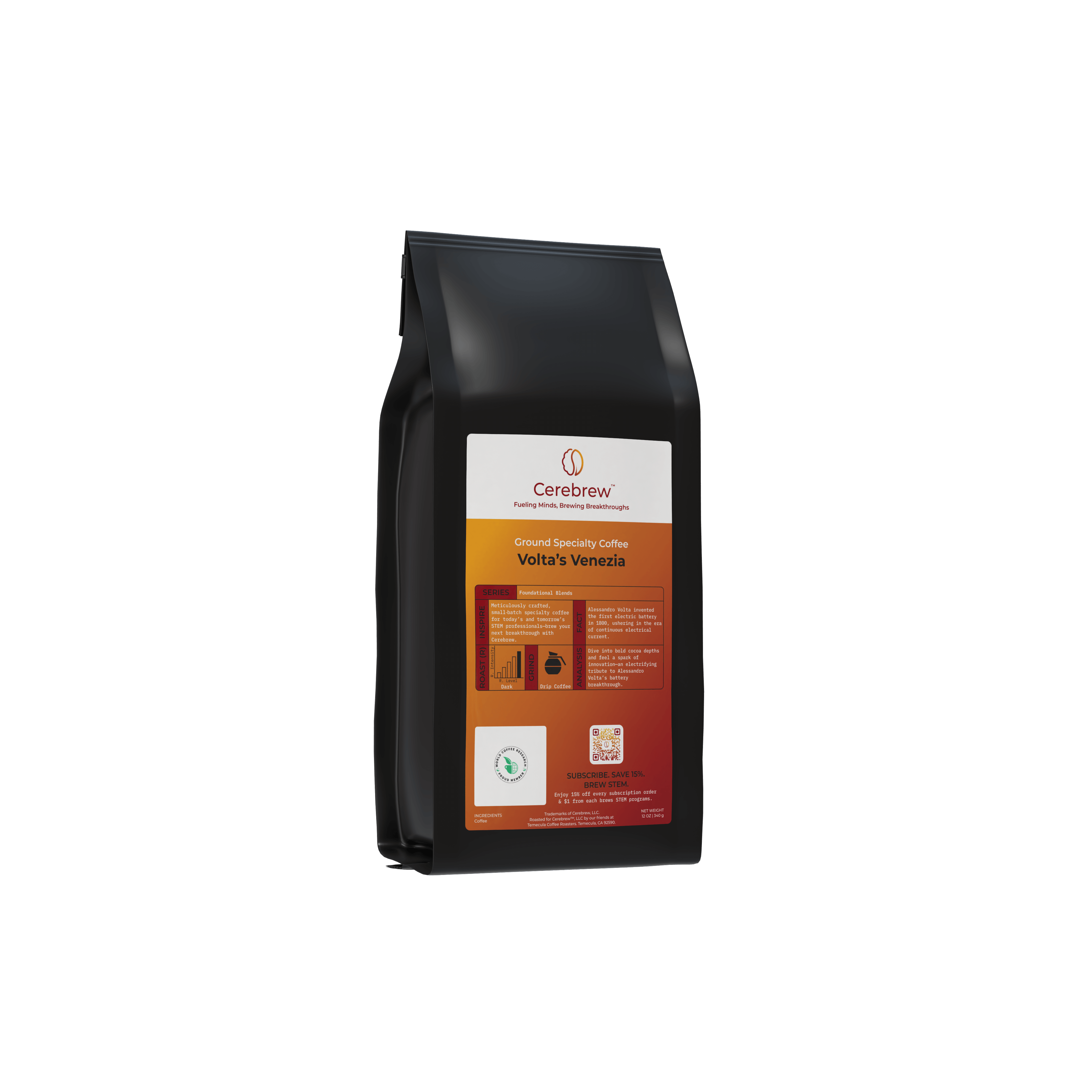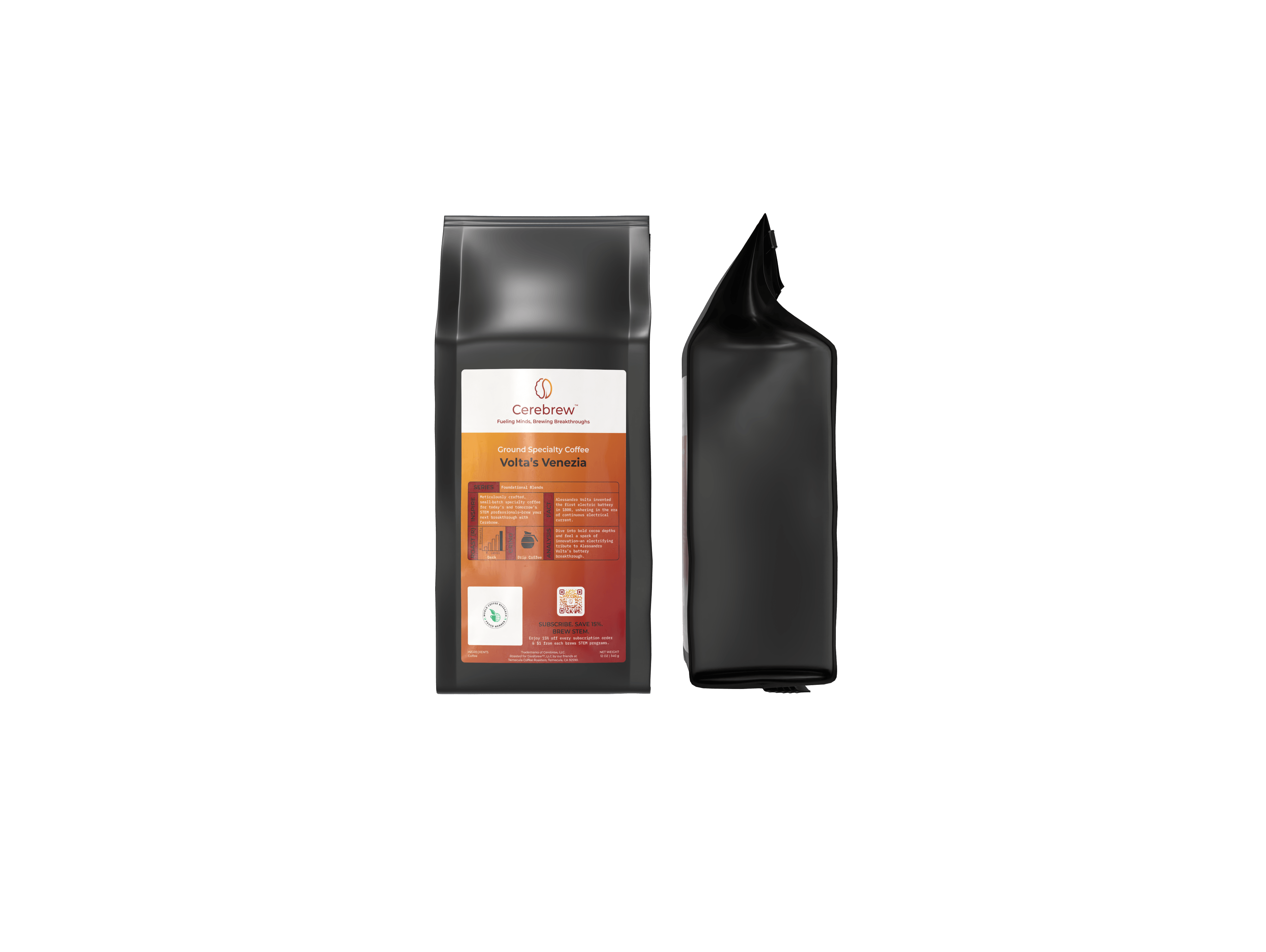Understanding Coffee-Induced Nausea: Causes and Solutions
For many, coffee is the perfect way to start the day. Its rich aroma and invigorating caffeine boost can awaken your senses and prepare you for a productive morning. However, for some, that beloved cup of joe can come with an unpleasant side effect—nausea. If you've ever wondered, "can coffee make you nauseous?", you're not alone. In this article, we'll dive into the causes of coffee-induced nausea and explore practical solutions.
Coffee, while a cherished beverage, can have side effects. Besides the well-known jolt of energy, coffee can also cause headaches, jitteriness, and yes, nausea. Understanding why these side effects occur can help you enjoy your coffee without discomfort.
Caffeine Sensitivity
One of the primary reasons some people experience nausea after drinking coffee is caffeine sensitivity. Caffeine is a natural stimulant found in coffee that affects everyone differently. Those with caffeine sensitivity may find that even small amounts can lead to nausea.
When caffeine enters the bloodstream, it stimulates the central nervous system, which can increase heart rate and blood pressure. For those with a heightened sensitivity, this overstimulation can cause feelings of unease and queasiness.
Acidic Nature of Coffee
Coffee is naturally acidic, which can irritate the stomach lining and lead to nausea, especially if consumed on an empty stomach. The acidity can increase stomach acid production, resulting in discomfort for some drinkers.
Additives and Sweeteners
Many people add sugar, cream, or flavored syrups to their coffee. While these additives can enhance flavor, they can also contribute to nausea. For example, dairy products might not sit well with those who are lactose intolerant, and excessive sugar can cause stomach upset.
Dehydration
Coffee is a diuretic, which means it can lead to increased urination and potential dehydration if consumed in excess. Dehydration can cause nausea as well as other symptoms like dizziness and headaches.
Solutions for Coffee-Induced Nausea
Now that we've explored some potential causes, let's look at solutions to help you enjoy your coffee without the nausea.
Opt for Low-Acidity Coffee
If acidity is the culprit, consider switching to a low-acid coffee. These are specially processed to reduce the acidic content while maintaining flavor. Cold brew coffee is another great option, as it tends to be less acidic than hot brewed coffee.
Eat Before Drinking Coffee
To prevent stomach irritation, try not to drink coffee on an empty stomach. Eating a light meal or snack before your coffee can help buffer the stomach lining and reduce the risk of nausea.
Choose Non-Dairy Alternatives
If lactose is a problem, opt for non-dairy creamers or milk alternatives like almond, soy, or oat milk. These options can add flavor without the discomfort associated with dairy.
Stay Hydrated
Given coffee's diuretic properties, it's important to stay hydrated. Drink water alongside your coffee to maintain hydration levels and minimize the risk of nausea.
Monitor Additives
Be mindful of the quantity and type of additives you use in your coffee. Cutting back on sugar and avoiding artificial sweeteners can help prevent nausea. Experiment with different flavors or spices like cinnamon or vanilla to enhance taste naturally.
When to Seek Medical Advice
While occasional nausea from coffee may not be a cause for concern, persistent or severe symptoms should not be ignored. If you find that nausea occurs frequently, even with adjustments, it may be time to consult a healthcare professional. They can help determine if there's an underlying condition or provide further guidance on managing your caffeine consumption.
Conclusion
Coffee-induced nausea can be an unwelcome surprise, but with some adjustments, you can continue to enjoy your favorite beverage. By understanding the potential causes and implementing these practical solutions, you can minimize discomfort and savor your coffee experience. Whether it's switching to low-acid options, moderating caffeine intake, or choosing the right additives, small changes can make a big difference.
Remember, everyone's body reacts differently, so it may take some trial and error to find the perfect balance. With these strategies, you can keep coffee an enjoyable part of your daily routine without the side effects.










